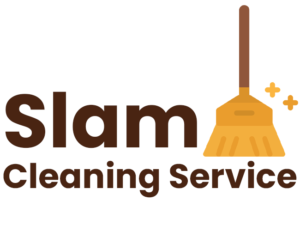In today’s digital era, effective communication among educational stakeholders is pivotal for a student’s success. Integrated student information systems (SIS) are emerging as transformative tools in bridging communication gaps and fostering a more cohesive educational environment. Let’s dive into how these systems are revolutionizing stakeholder interactions.
The Complex Web of Educational Communication
From parents and teachers to administrative staff and the students themselves, there’s a myriad of interactions happening daily. The challenge? Ensuring streamlined, efficient, and clear communication amongst all parties.
The Power of the Student Information System
Centralized Platform: One of the core strengths of a student information system is its centralized nature. It consolidates various data points, making it easier for stakeholders to access relevant information without sifting through heaps of files or databases.
Real-time Updates: Whether it’s grade postings, attendance records, or behavioral notes, stakeholders can get real-time notifications, ensuring they’re always in the loop.
Facilitating Parent-Teacher Interactions
Virtual Conferences: With the integration of video conferencing tools in the student information management system, parent-teacher meetings can occur virtually, offering flexibility and convenience.
Direct Messaging: Parents and teachers can use the system to exchange direct messages, discussing any concerns or sharing updates about the student’s progress.
Empowering Students through Transparency
Access to Records: A student information system allows students to access their records, fostering a sense of responsibility and ownership of their academic journey.
Feedback Channels: Students can directly provide feedback or raise queries, ensuring their voice is heard and addressed.
Administrative Efficiency with the Student Information Management System
Automated Alerts: The system can automatically send out alerts for events, fee due dates, or any other important notifications, streamlining administrative tasks.
Document Sharing: Important documents, whether it’s a school newsletter or a new policy document, can be shared with all stakeholders through the platform.
Strengthening the School Community
Event Calendars: An integrated calendar in the student information management system can notify stakeholders of upcoming events, promoting greater participation and fostering community spirit.
Discussion Forums: These platforms can serve as spaces for parents, teachers, and students to discuss various topics, share resources, and build a sense of unity.
Ensuring Data Security and Privacy
While communication is vital, it’s equally important to safeguard the data being exchanged. A robust student information system ensures that:
All data transmissions are encrypted.
Access controls are in place, ensuring data is only available to relevant parties.
Regular security audits are conducted to identify and rectify potential vulnerabilities.
Conclusion
Communication is the bedrock of any successful educational institution. In the modern age, relying on scattered tools or outdated methods simply won’t cut it. An integrated student information system not only streamlines administrative tasks but also fortifies the lines of communication among all stakeholders. By embracing the capabilities of a student information management system, educational institutions can ensure a cohesive, transparent, and thriving environment for all involved.




